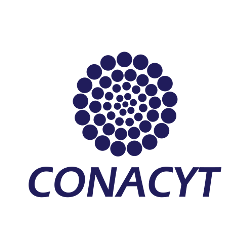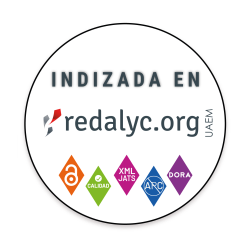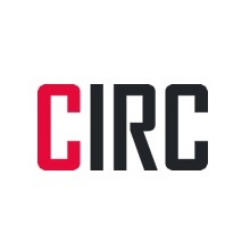Abstract
Following an introduction on Mexican Painting Academies preceding San
Carlos, the author examines the problems arising from the liberality,
ingenuity and nobility of painting. She also analyzes a letter signed and
sent by leading painters and engravers of the viceregal capital city,
headed by José de Ibarra y Baltasar Troncoso y Sotomayor to the Viceroy,
evaluating the value of pictorial work and the ethnic quality of its
exponents. This document was intended to obtain protection from the
authorities regarding art sales, tax exemption and the classification of
their work on a level with the liberal and scientific arts, in which
intellectual labors took precedence over their mechanical counterparts.
Reference is made to the practice of science and the arts in Greece and
Rome by noting that painting was the pursuit of the nobility, as well as
the entertainment of kings, gentlemen and the clergy. This work also
mentions the concern of painters and engravers regarding the quality of
drawing used to produce artistic works. The author concludes by discussing
the notion upheld by artists who conceived their work as a creative process
based on intellectual reflection.
Downloads
Download data is not yet available.


















